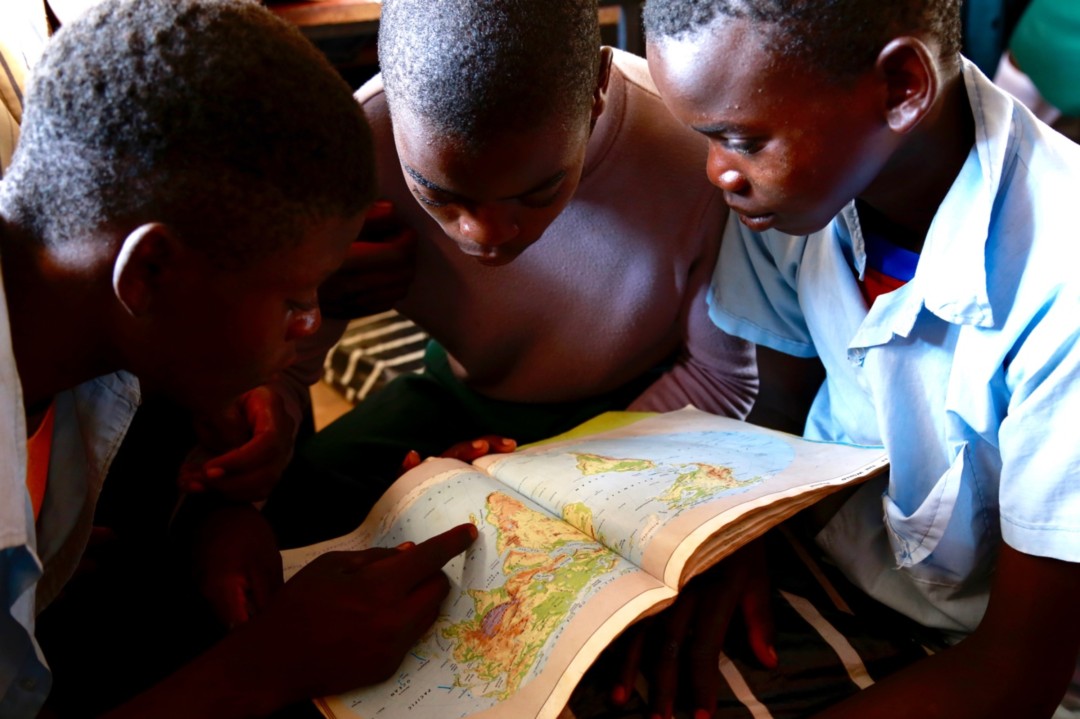E-learning for upper primary school children
The project aimed to extend e-learning education to upper primary school grades (children aged 11 to 15) in the villages of Joel and Kanyelele, to enable students to continue their education. This entailed the construction of two 2-classroom blocks at two of the organisation’s 10 schools in the country, in accordance with the Government of Zambia’s standards, and outfitting the schools with e-learning equipment and supplies (solar panels, teacher and student ZEdupad tablets which follow the national curriculum, projectors, etc.). The project aimed to improve school attendance by 10% over the first two years and to achieve test results that are 10% higher than the government average.
The fluctuating Zambian exchange rate enabled the project to exceed its initial objective, completing the construction of three 2-classroom blocks for upper primary school children at three rural schools, in Joel, Kanyelele and Mnyaula, at no additional cost. All three classroom blocks were equipped with furniture, solar panels, as well as ZepuPad tablets, projectors, and speakers. Across the new structures, 320 students were attending upper primary school classes, with the maximum capacity (500 students) expected to be reached by 2017. During 2015, four additional teachers were hired and trained for upper primary instruction. Impact Network’s formalised teacher training programs increased in frequency from termly to monthly, providing regular training to new and existing teachers. The schools’ average attendance rate was 88%, five percent higher than the 2010 national average of 83%.
Impact Network is an international non-profit organisation founded in 2009. It aims to provide high quality e-learning solutions in rural Africa. Its eSchool 360 system was developed as a way to sustain high quality education for less than $3 a month per student. It provides locally-hired teachers with a tablet, projector and training to deliver e-learning lessons effectively.
Type
Education / Community DevelopmentDuration
April 2014 - March 2016Location
Joel, Kaynelele and Mnyaula villages / ZambiaWith whom
Impact Network
Website















Zambia
Population
17 million (2017)
Per Capita Income
USD 1,290/year (2017)
Poverty rate *
54% (2015)
Literacy rate
83% (2016)
Human Development Index
144th out of 189 countries (2018)
Zambia has experienced political stability since its independence in 1964 together with a decade of rapid economic growth (average annual growth 6.4%). This growth has not translated into significant poverty reduction, with 54% of the population living under the poverty line and 42% living in extreme poverty. Significant challenges remain in addressing maternal mortality (224 deaths/100,000 live births), preventing new HIV infections, secondary school education, increasing access to clean water and sanitation, and sustainable environmental development. Food insecurity and undernutrition need to be addresses. Farmers practice subsistence-style farming and rely heavily on seasonal rains, leaving them vulnerable to unpredictable weather patterns.
Sources: World Food Program, UNICEF, World Bank, 2016 Human Development Report, Human Development Indices and Indicators (2018 Statistical Update)
*The percentage of the population living below the national poverty line.